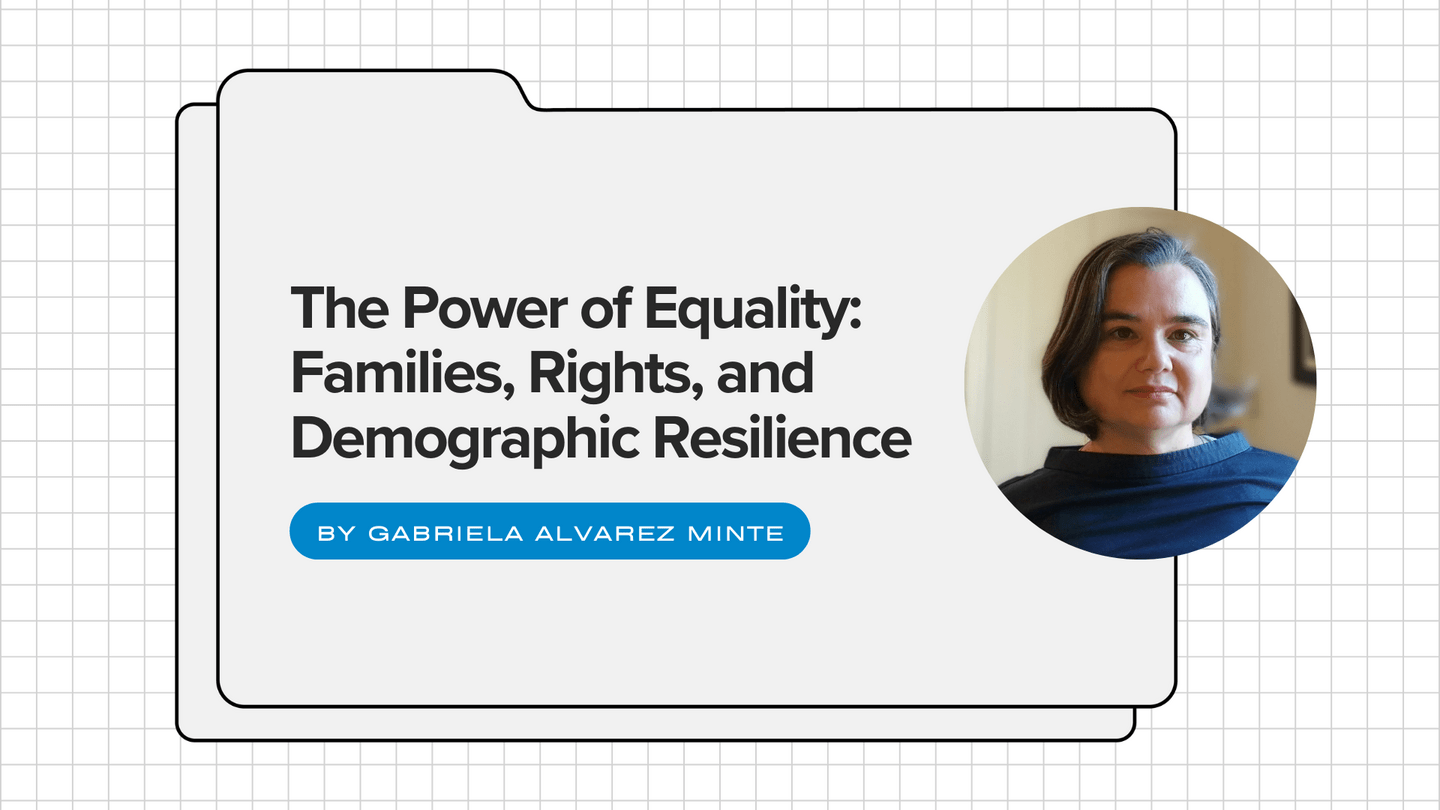Over the past decades, families have undergone significant transformations. They have moved away from the traditional nuclear structure towards greater diversity in forms such as single-parent households, stepfamilies, and unmarried couples living together with or without children. This shift is accompanied by smaller household sizes and later ages for marriage and childbearing. Divorce rates have fluctuated, while female labour force participation has increased, fertility rates are declining, and there has been a rise in non-marital births. These shifts have led to a more complex and varied social landscape of family life. For many, families are crucial sources of love, care, and fulfillment, providing essential emotional support and spaces of nurturing. However, they are also still too often sites where women's and girls' rights are violated, their voices are suppressed, and gender inequality prevails.
This is why we need to examine how gender inequalities and discrimination against women and girls influence family relationships, and how they reverberate across societies and workplaces.
Harmful gender norms, stereotypes, and practices devalue women and girls, limiting their participation in society and hindering both social and economic progress. They are pervasive and have real consequences in families where people live. According to WHO, 30% of women globally experience intimate partner violence or sexual violence, and up to 1 billion children experience violence or neglect in a year. Most of this occurs in their family homes. Furthermore, women spend up to 3 hours more per day than men on unpaid care work in their homes and for their families, which limits women’s economic opportunities and increases their time poverty. Conversely, widespread expectations limiting men’s primary role in the family to that of breadwinner restrict their involvement in caregiving, even of their own children.
This brings us to consider two issues. First, the reproductive choices people make are influenced by a complex mix of economic, social, and cultural factors, and personal preferences, all interacting with gender inequalities. Second, pressuring women to have more children risks their rights, perpetuates gender inequalities, and is ultimately ineffective.
When we think about the families people aspire to, gender roles, gender power imbalances, and gender discrimination are intrinsic parts of people’s decisions and the choices available to them. This includes decisions on if, when, and how many children to have. This is compounded by people’s own life expectations and the institutions and systems in place to support these choices. A big part of this is also the social expectations about motherhood and fatherhood.
For example, limited gender-responsive family policies, such as parental and carer leave or flexible work arrangements, childcare and eldercare services, and infrastructure, have made it nearly impossible for many women to combine a career and a family. The result is that many people either end up with fewer children than they want, or women are unable to fulfill their employment potential. Moreover, this pushes many women into part-time, flexible, low-paid, and vulnerable jobs with little career advancement opportunities, and significantly increases the risk of women facing poverty in their old age.
In this context, for UNFPA – the United Nations sexual and reproductive health agency – the global normative framework on sexual and reproductive rights is fundamental. At the core of our internationally agreed human rights framework is the Programme of Action adopted by the 1994 International Conference on Population and Development, which guarantees the basic right of couples and individuals to decide freely and responsibly the number, spacing, and timing of their children and to have the information and means to do so. It also includes their right to make decisions free of discrimination, coercion, and violence, including the rights of women to have control over and decide freely and responsibly on matters related to their sexuality, including sexual and reproductive health.
Combating gender inequality involves the dismantling of power structures and hierarchies, and the beliefs and practices that devalue women and restrict them to a particular sphere, be it care, domesticity, home, motherhood, or any other constraint. This affects women’s own autonomy and access to resources, limits the potential use of valuable human capital, and harms their own well-being and that of their children.
Therefore gender equality and women’s rights should be at the centre of efforts to foster demographic resilience. It is through more gender equality, and not restrictions on women’s rights, that we can adapt to the diverse family structures, and protect the well-being of all family members, including boys and girls, older people, working adults, and people living with disabilities.
Countries can do a lot to improve gender equality and strengthen their demographic resilience. This includes introducing family policies that benefit men and women, and their children and other dependents. It also includes combating gender-based violence that is pervasive in families, addressing gender norms that reproduce gender inequalities, and supporting the involvement of men in unpaid and domestic work.
Let’s not focus on an idealized abstract family. Let’s prioritize the support of the diverse families people have, and the diverse needs and interests of individuals within families, ensuring that boys, girls, and adults find the support and safety they deserve.
Gabriela Alvarez Minte, UNFPA’s Regional Gender Adviser for Eastern Europe and Central Asia.


